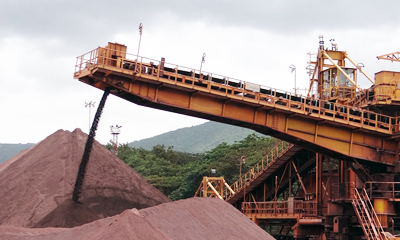Minerals and Mining
Measurement of a broad range of raw materials, industrial minerals and feedstocks using elemental and compositional analysis.
Apex specializes in XRF and NIR sample preparations for metals, powders, and liquids and can develop application packages based on the use of pressed pellets for:
- Cement, Raw Meal, Clinker, and Raw Materials
- Raw Materials and Raw Oxides
- Glass (and Raw Materials for Glass)
- Fly Ash and Coal Ash
- Slags and Filter Dusts
- Ferroalloys and Metal Powders
- Continuous Casting (CC) Powder
- Refractories According to EN ISO 12677
- Refractories for Silicon Carbide and Other Carbides
- Sulfide Ores
- Polymers
- The Petrochemical Industry
Mined elements are an intrinsic part of our daily life. Mineral compounds are used in the production and creation of everyday items such as computers, appliances, batteries, furniture, mirrors, cosmetics and a variety of other consumer goods. They are also used throughout a number of industry segments all over the world. Depending on the given industry's objectives, the sourcing of these minerals matters greatly to provide the highest quality end result. The extracted mineral components must endure a series of tests before they qualify for application. This process relies on XRF and NIR instrument data, taking place in a lab where samples are carefully prepared and examined for purity.

The qualified result is achieved by the use of standards in the sample preparation process. There are roughly 12,000 standards in XRF and NIR testing, of which approximately 7,000 can be applied to the calibration and application of minerals being tested - each focused on varying outcomes, dependent on the requirements set by industry and production regulations. When testing for the purity of a given mineral, there are different methods which can be used: powder, wet spectroscopy and wet chemical analysis. Knowing which process and standards to use to test a given mineral compound is paramount in discovering the quality and usability of the material. The sheer volume of standards that are used during quality control is substantial.
